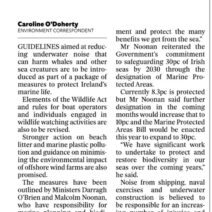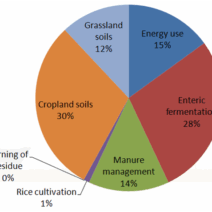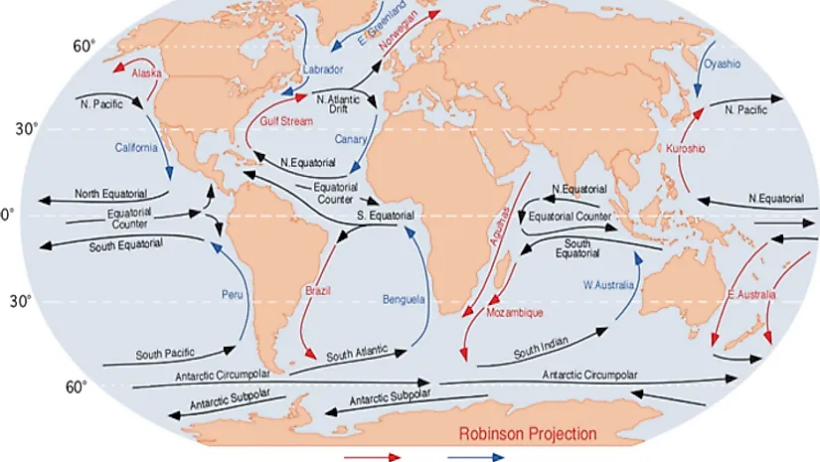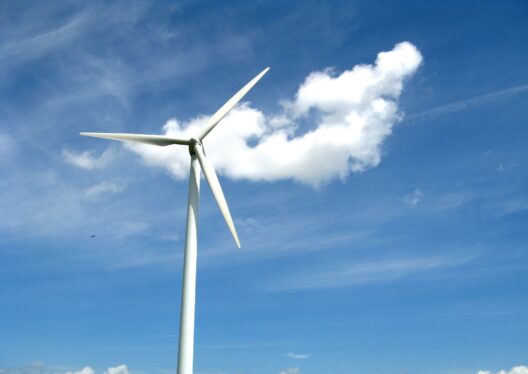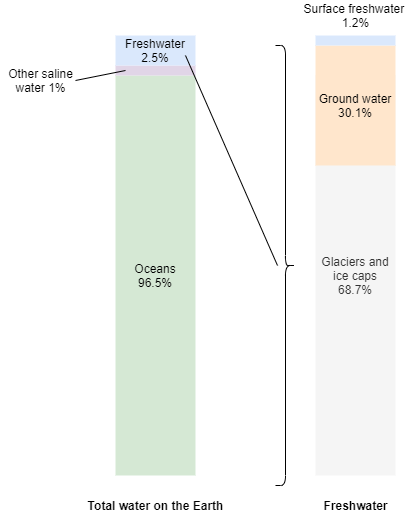Climate is an intricate tapestry woven from myriad threads, among which wind and ocean currents are paramount. These elemental forces not only define weather patterns but also shape ecosystems and influence the global climate. Their interrelationship is complex, yet essential to understanding the Earth’s atmospheric and oceanic behavior. This article delves into the profound impact of wind and ocean currents on climate, emphasizing their mechanisms and consequences.
Understanding Wind Currents: The Breath of the Earth
Wind currents, or atmospheric circulation, result from solar heating and the Earth’s rotation. The differential heating of the Earth’s surface causes air masses to warm, rise, cool, and sink, which creates a continuous flow of air. These patterns are primarily categorized into three prevailing wind belts: the trade winds, the westerlies, and the polar easterlies. Each belt plays a pivotal role in climate regulation by redistributing heat from the equator towards the poles.
The trade winds, originating from the tropics, propel warm air westward, leading to the formation of large tropical weather systems. These winds influence the intertropical convergence zone, where moist, rising air results in significant precipitation. Conversely, the westerlies, functioning between 30 and 60 degrees latitude, serve as a conduit for storms and are crucial in transferring energy and moisture across continents. Their cyclical movement facilitates temperate climates, highlighting the interconnectedness of terrestrial weather phenomena and oceanic behavior.
Furthermore, the polar easterlies, associated with cold air from the polar regions, contribute to the frigid environments found in high latitudes. As these winds collide with the warmer, moist air of mid-latitudes, they generate temperature gradients, fostering atmospheric instability. This dynamic interplay defines seasonal shifts, influencing agriculture and biodiversity along the way.
The Role of Ocean Currents: The Blue Conveyor Belts
Ocean currents, often described as the rivers within oceans, are influenced by wind patterns, the Coriolis effect, and differences in water density due to temperature and salinity. These currents are categorized into two primary types: surface currents and thermohaline circulation (deep ocean currents). Together, they act as a global conveyor belt, redistributing heat, nutrients, and gases across marine environments.
Surface currents, driven predominantly by wind, are essential for regulating coastal climates. For instance, the Gulf Stream transports warm water from the Gulf of Mexico along the Eastern Seaboard of the United States, moderating temperatures and contributing to milder winters in Europe. The interplay between warm and cold currents can create unique microclimates, affecting regional weather patterns significantly.
In stark contrast, thermohaline circulation, often dubbed the “great ocean conveyor,” is governed by differences in water density. The process begins in polar regions where cold, salty water sinks, setting in motion a global system that can take centuries to complete a cycle. This circulation plays a crucial role in nutrient distribution, affecting marine life abundance and consequently, global food webs. The interplay of temperature and salinity is not merely a matter of physics; it holds ecological significance, influencing species migration and the health of marine ecosystems.
The Interplay of Wind and Ocean Currents: A Delicate Balance
The interaction between wind and ocean currents creates a symbiotic relationship that profoundly affects climate systems. For example, when trade winds weaken due to climatic fluctuations, as seen in events like El Niño, the implications extend far beyond local weather. The displacement of warm water across the Pacific alters marine ecosystems, disrupts fish populations, and contributes to extreme weather events across the globe. These shifts in atmospheric and oceanic patterns exemplify the intricate dependencies within the Earth’s systems.
Conversely, the consistent movement of ocean currents helps stabilize climate anomalies associated with changing wind patterns. By absorbing excess heat and regulating atmospheric temperatures, oceans serve as a buffer against climatic extremes. However, human-induced climate change poses a significant threat to this delicate balance. Rising sea temperatures can weaken currents, potentially diminishing their efficacy in regulating climate.
Climate Change and the Future of Wind and Ocean Currents
As the climate crisis escalates, the implications for wind and ocean currents become increasingly apparent. Changes in temperature gradients could disrupt established currents, yielding unpredictable consequences for global and regional climates. Such alterations may lead to more frequent and intense weather events, altering precipitation patterns, and jeopardizing agricultural stability. Coastal communities particularly bear the brunt of these shifts, facing heightened risks from flooding and erosion.
Moreover, the disruption of oceanic food webs and migratory patterns due to changing currents can have cascading effects on global fisheries. With millions reliant on marine resources for sustenance and livelihoods, the need for a comprehensive understanding of these dynamics is imperative. The intersection of wind and ocean currents presents a critical juncture; addressing climate change requires a holistic approach that acknowledges the complexity and interdependence of these systems.
Conclusion: Navigating the Future with Knowledge
Wind and ocean currents are far more than mere meteorological phenomena. They act as a double-edged sword, offering both stability and uncertainty in an ever-changing climate landscape. Understanding their role is paramount for predicting future climatic shifts and implementing effective solutions to combat climate change. As stewards of the planet, we must engage in sustainable practices and advocate for policies that recognize the intrinsic link between atmospheric and oceanic processes. Only then can we hope to navigate the multifaceted challenges posed by a warming world.
